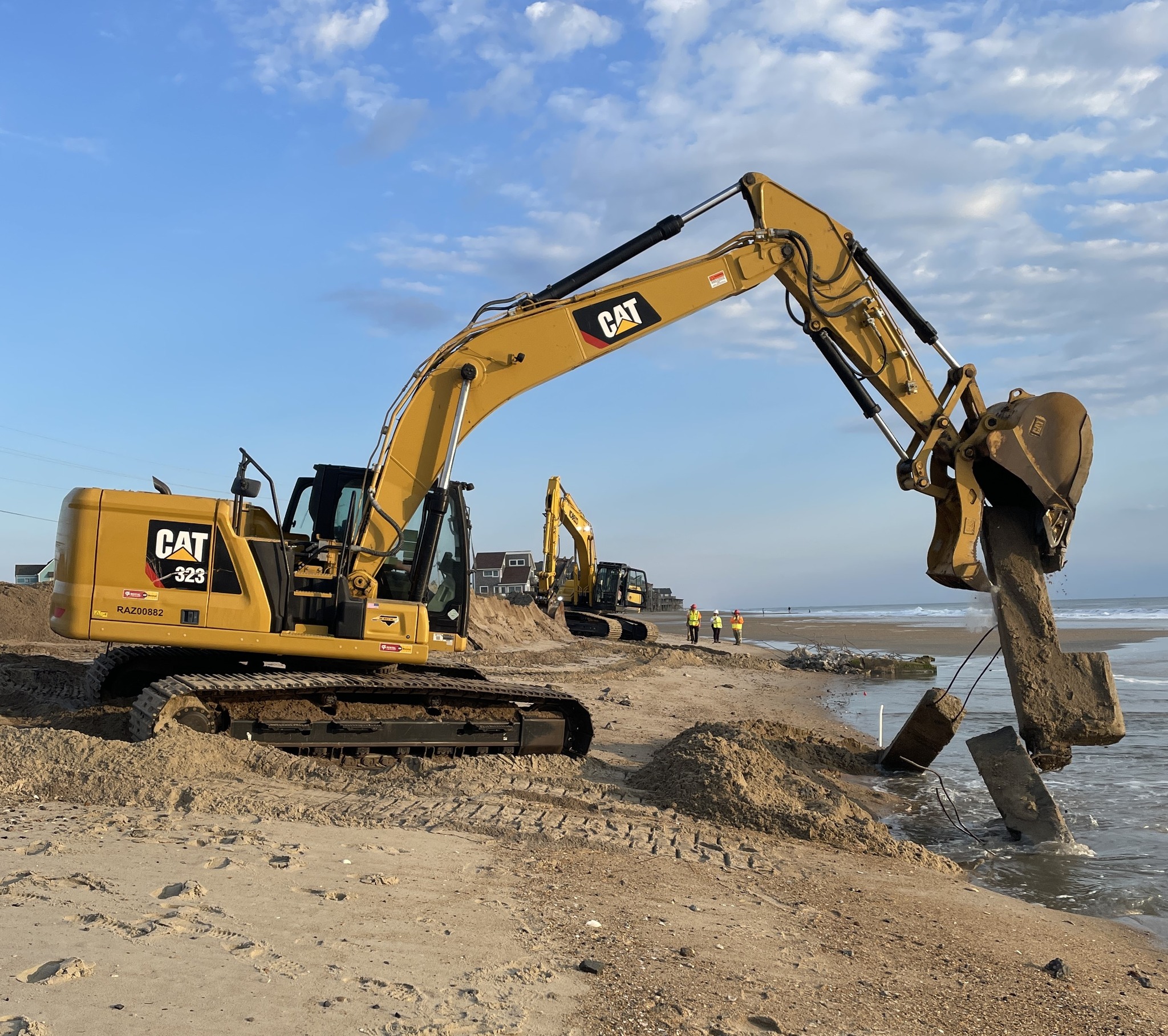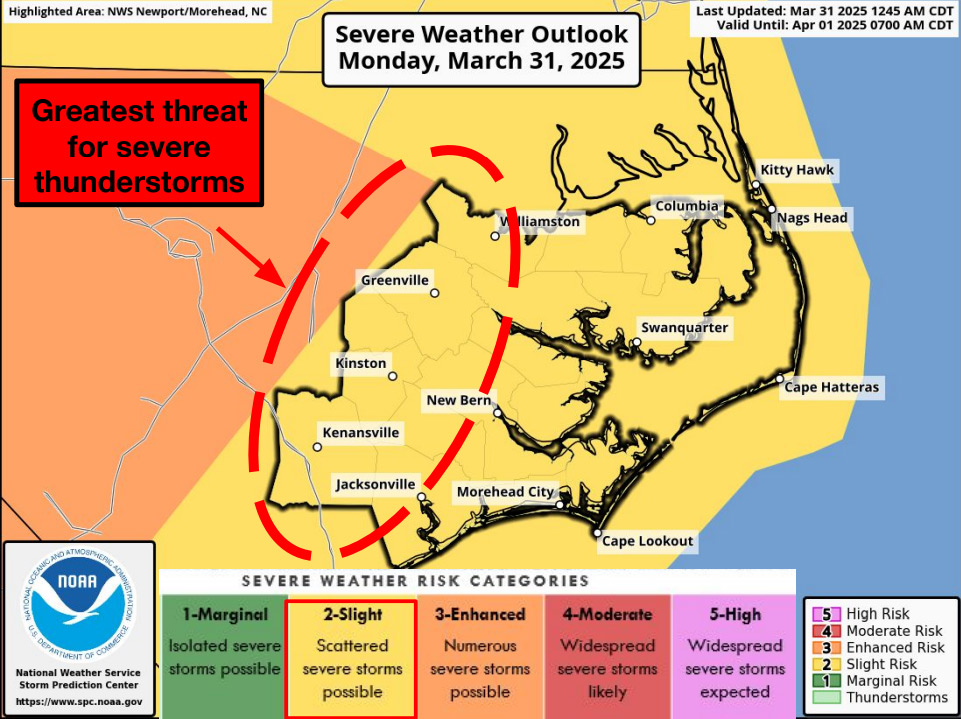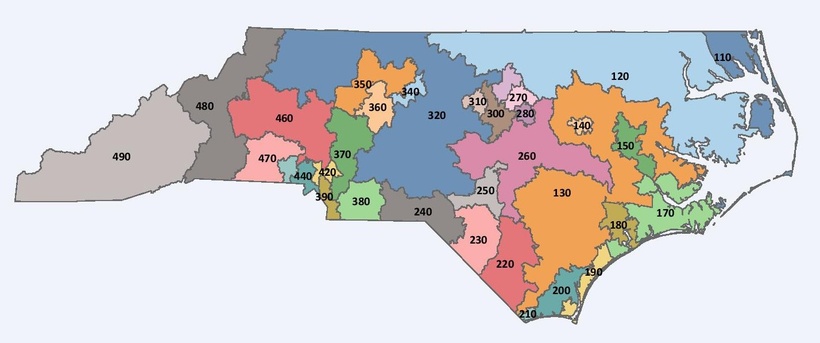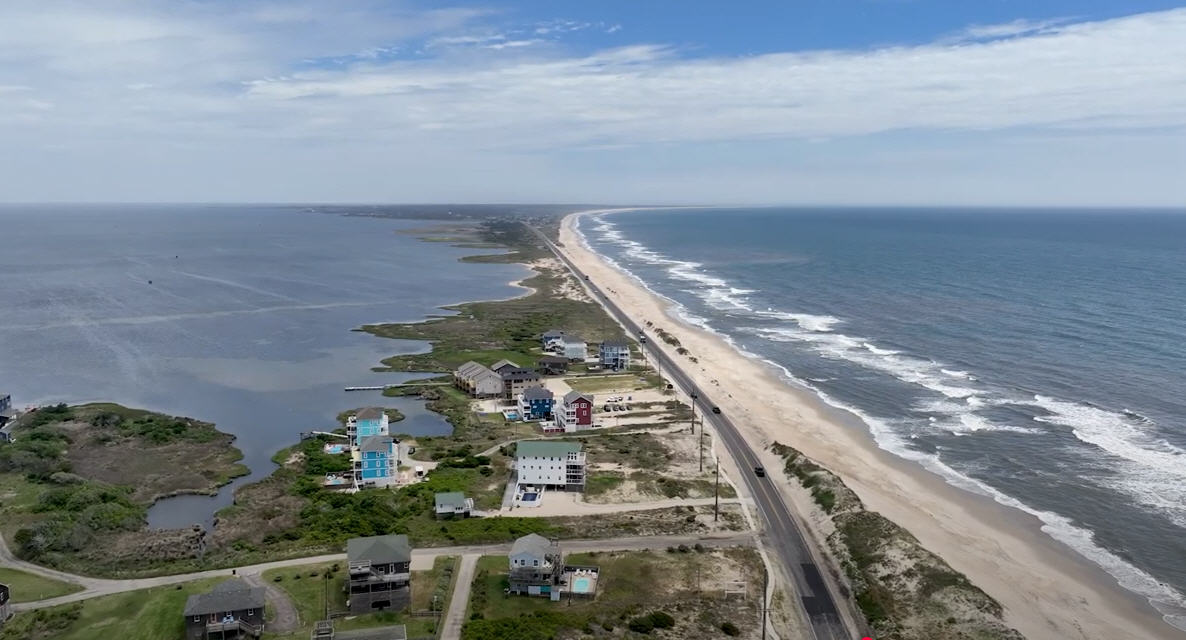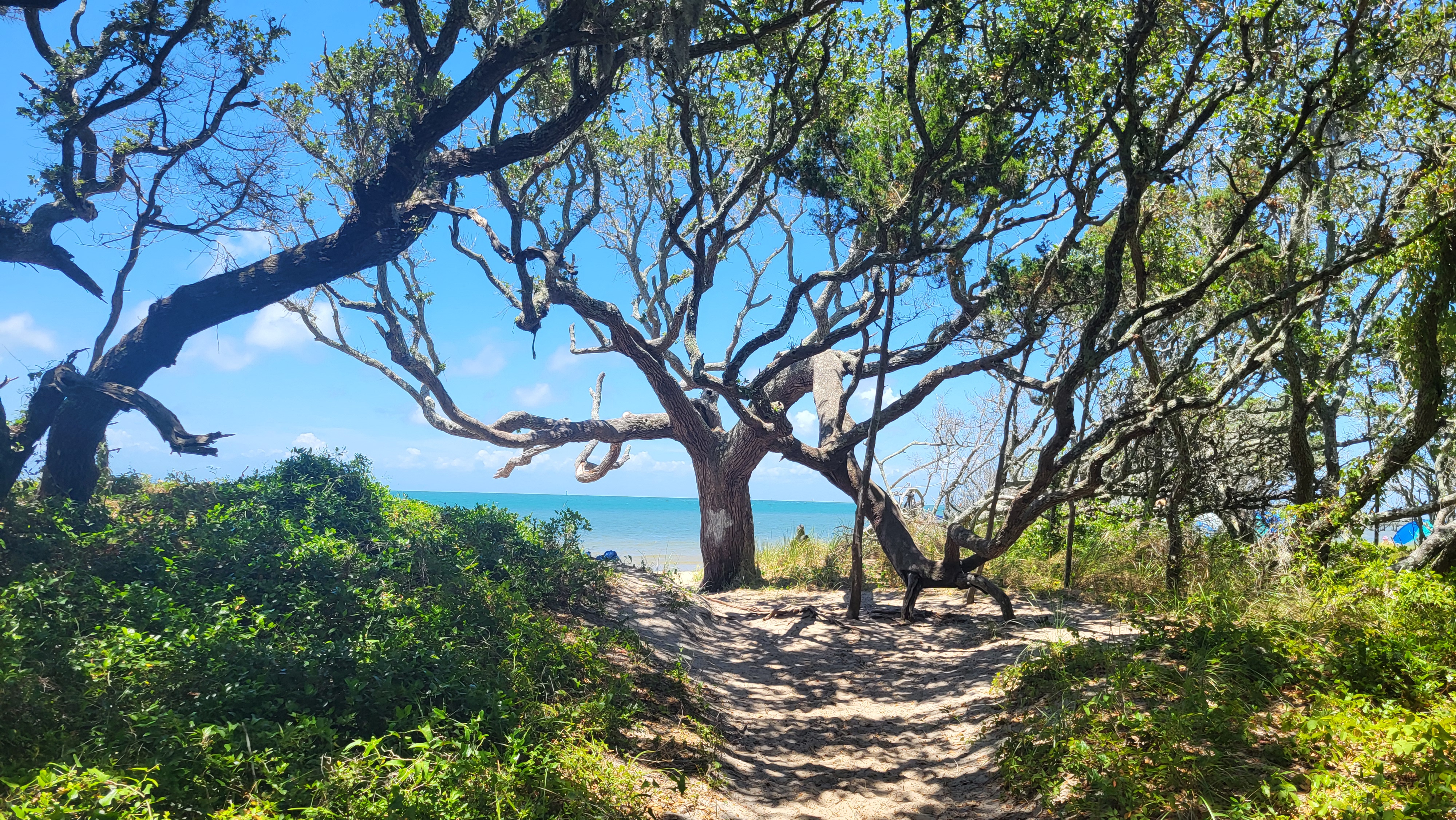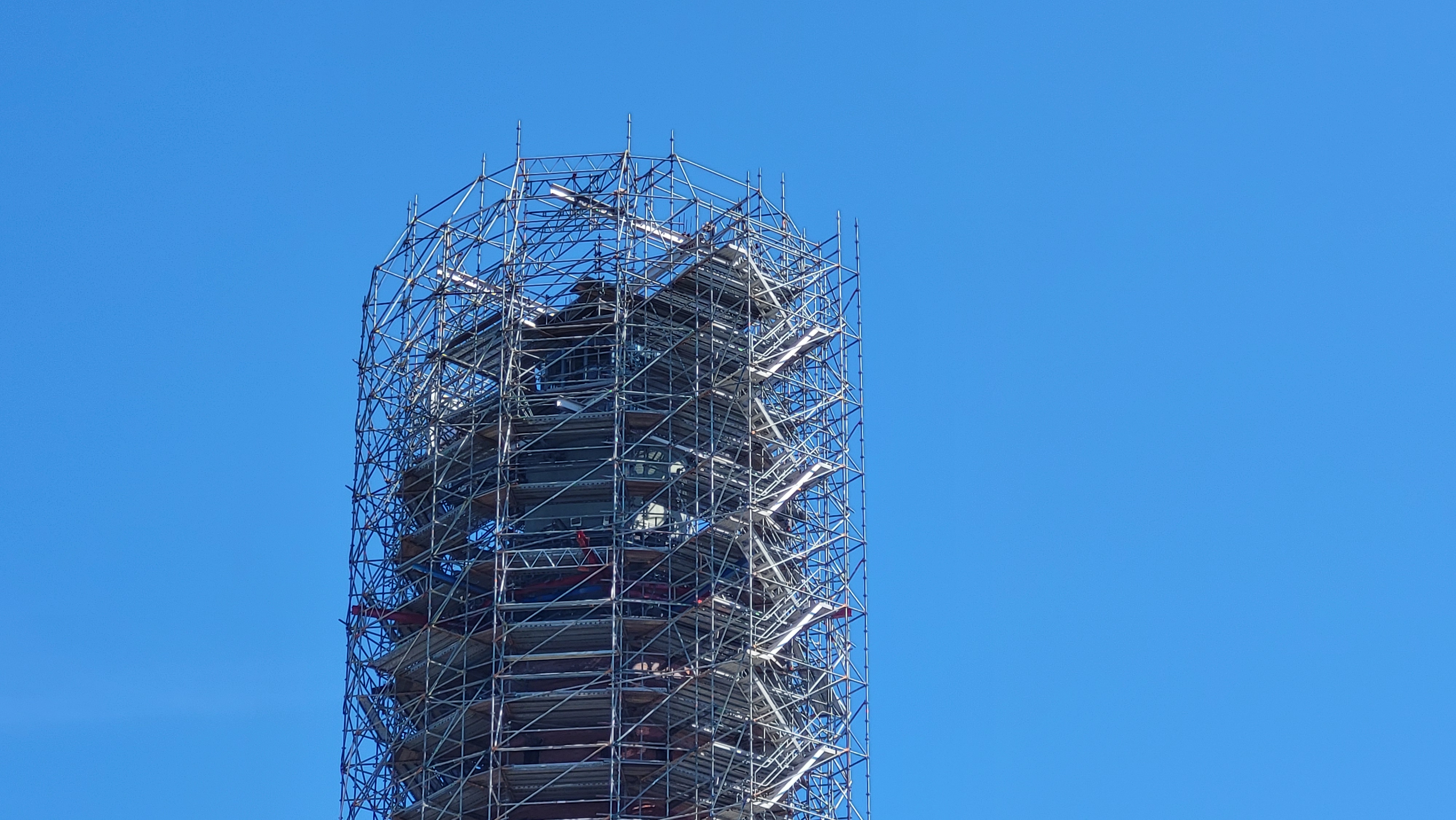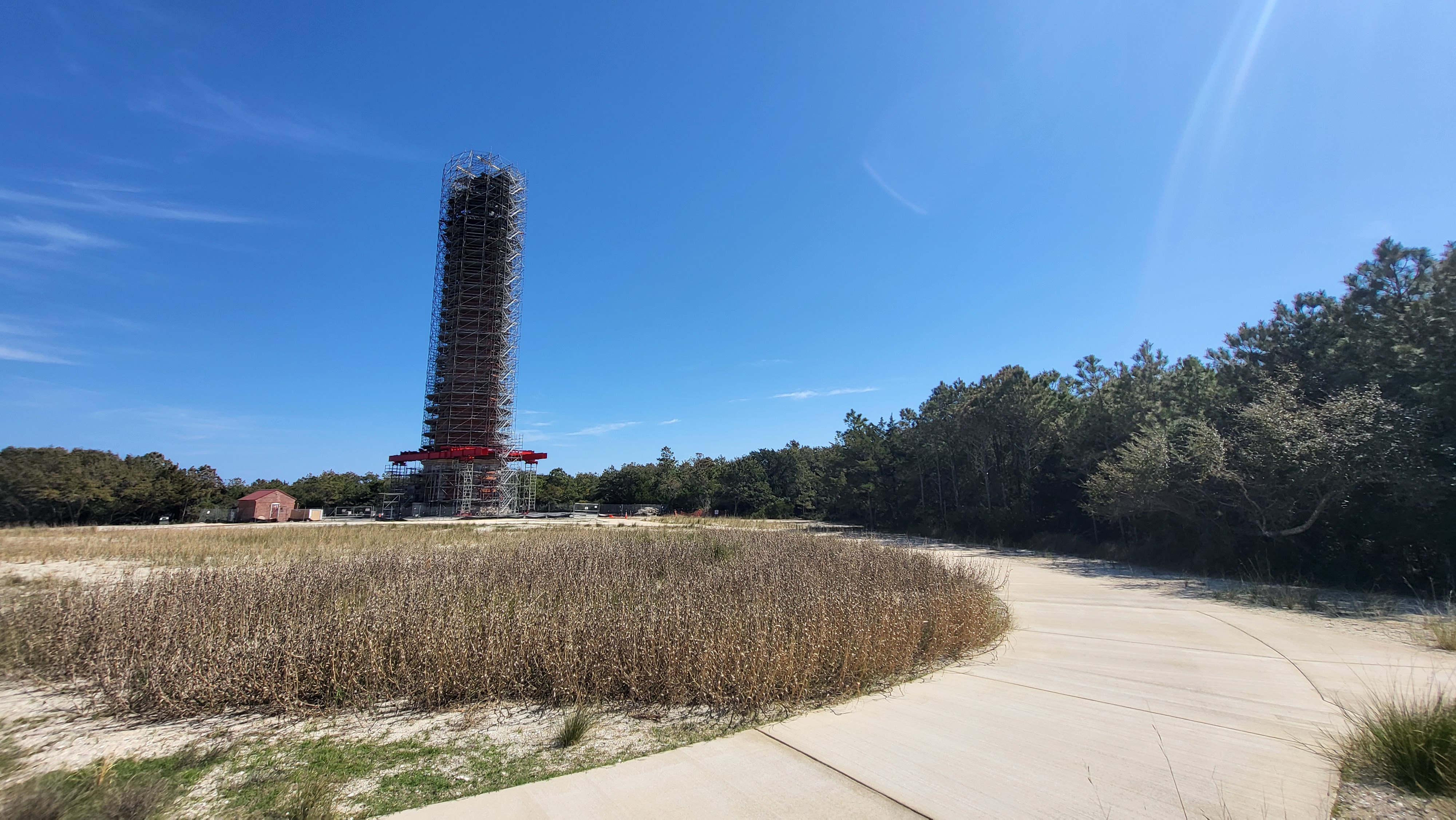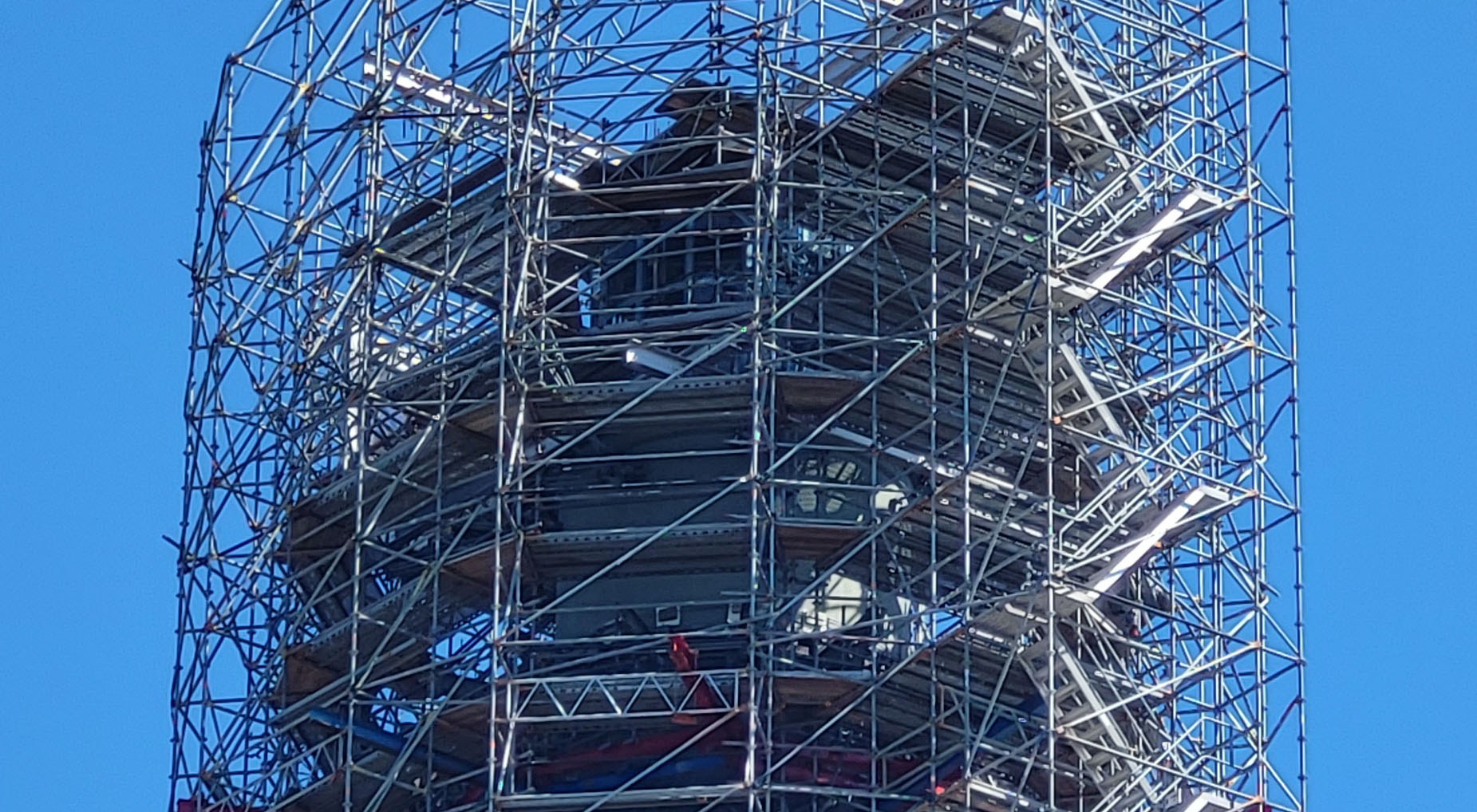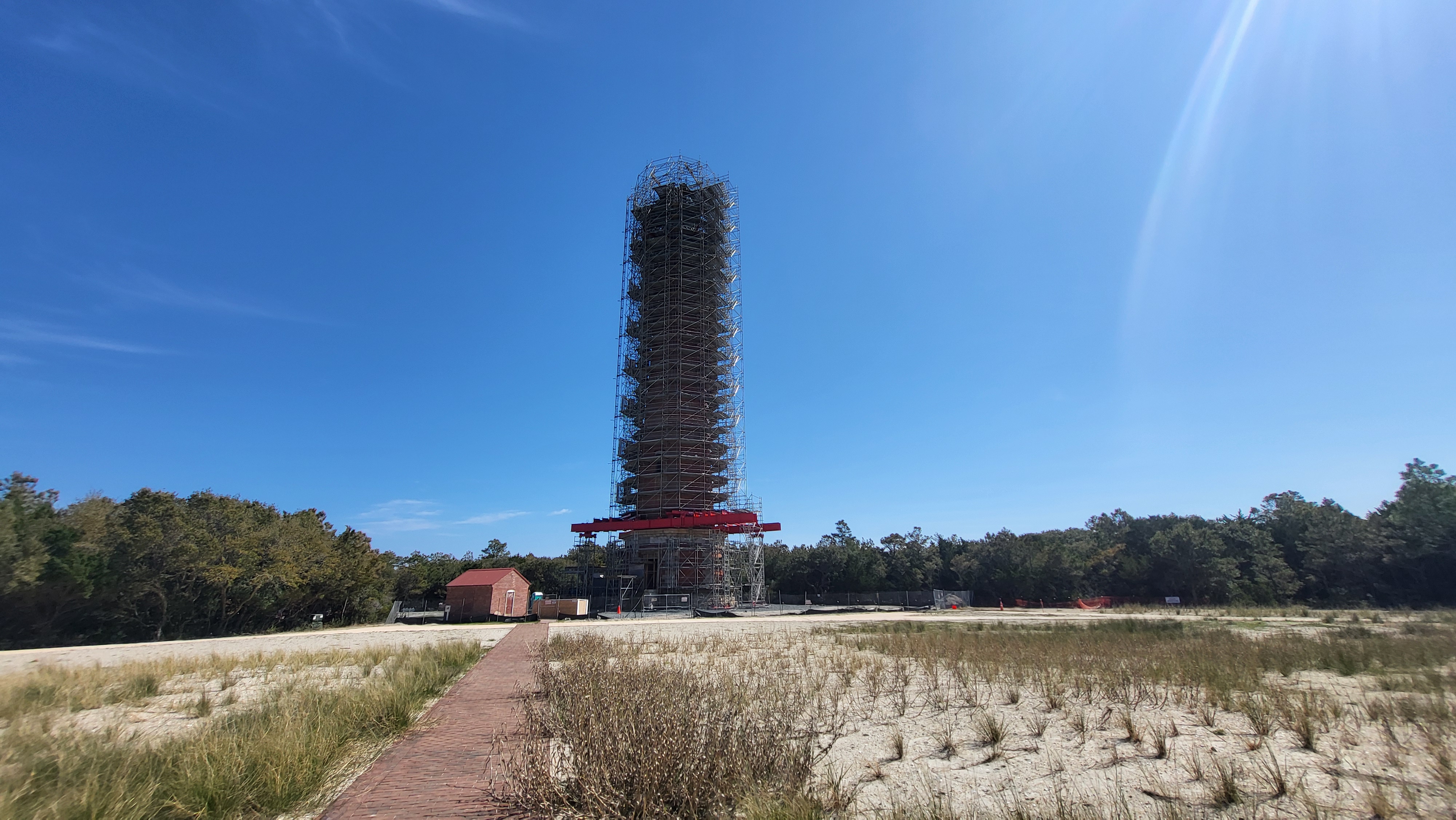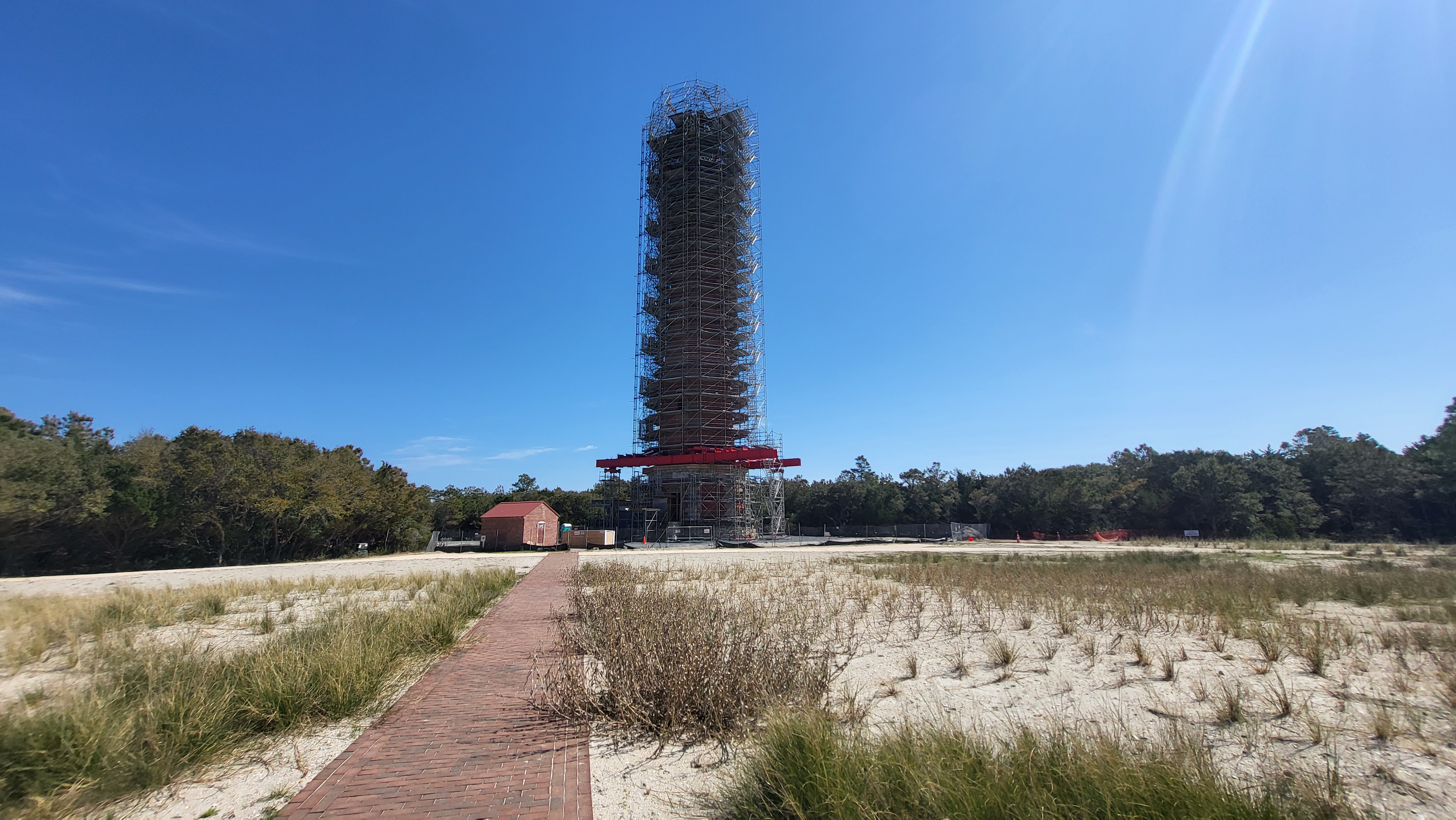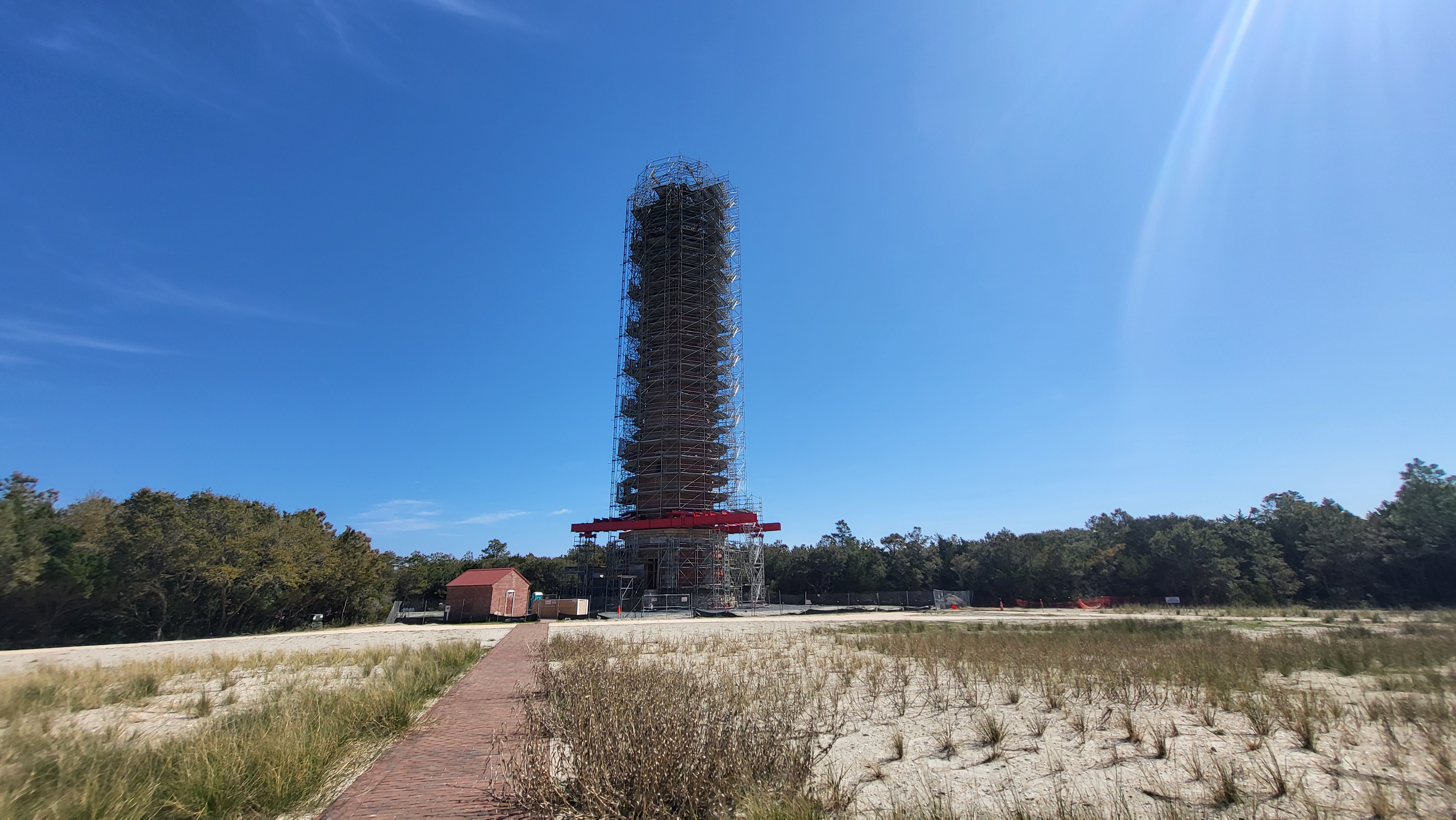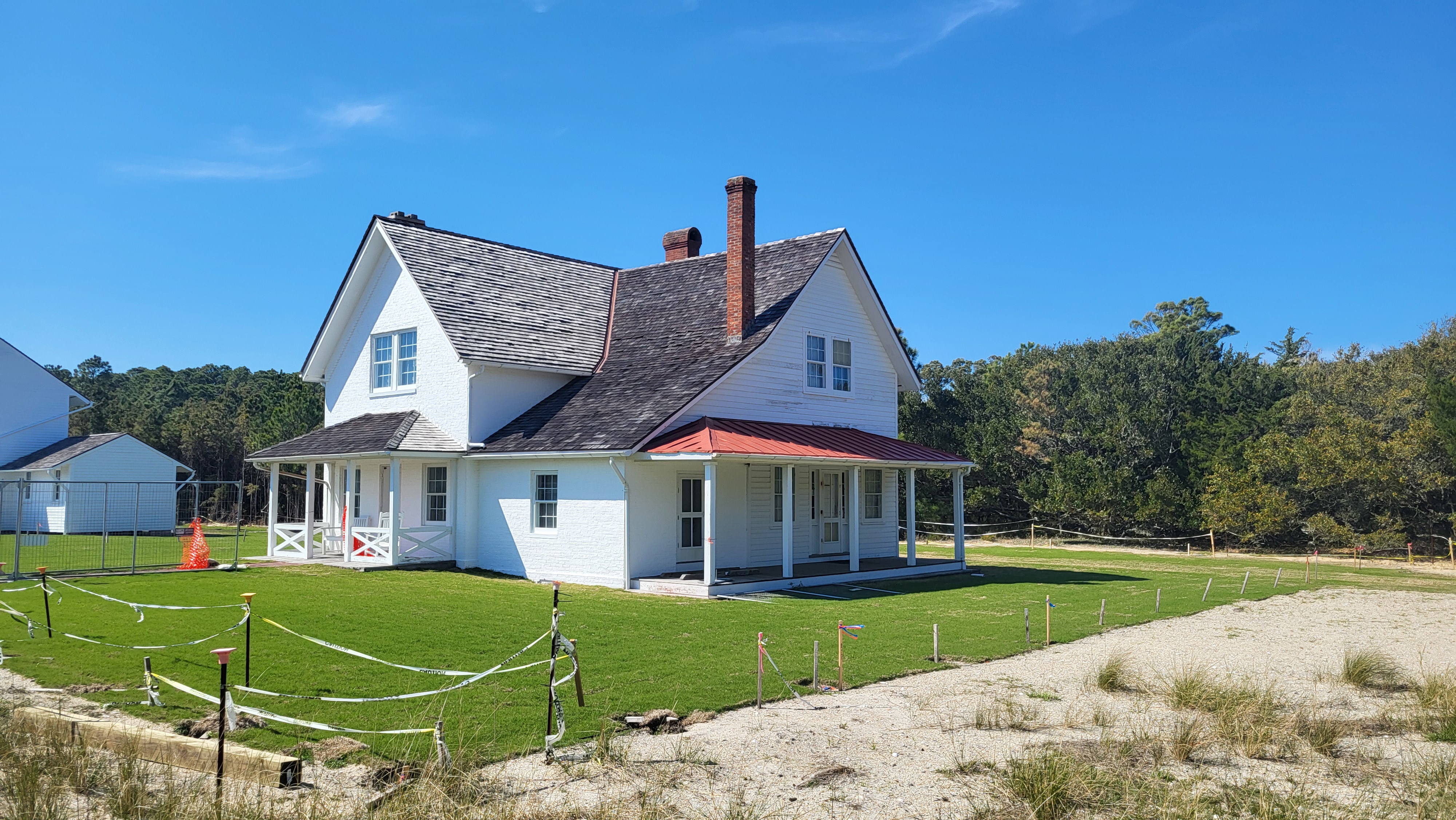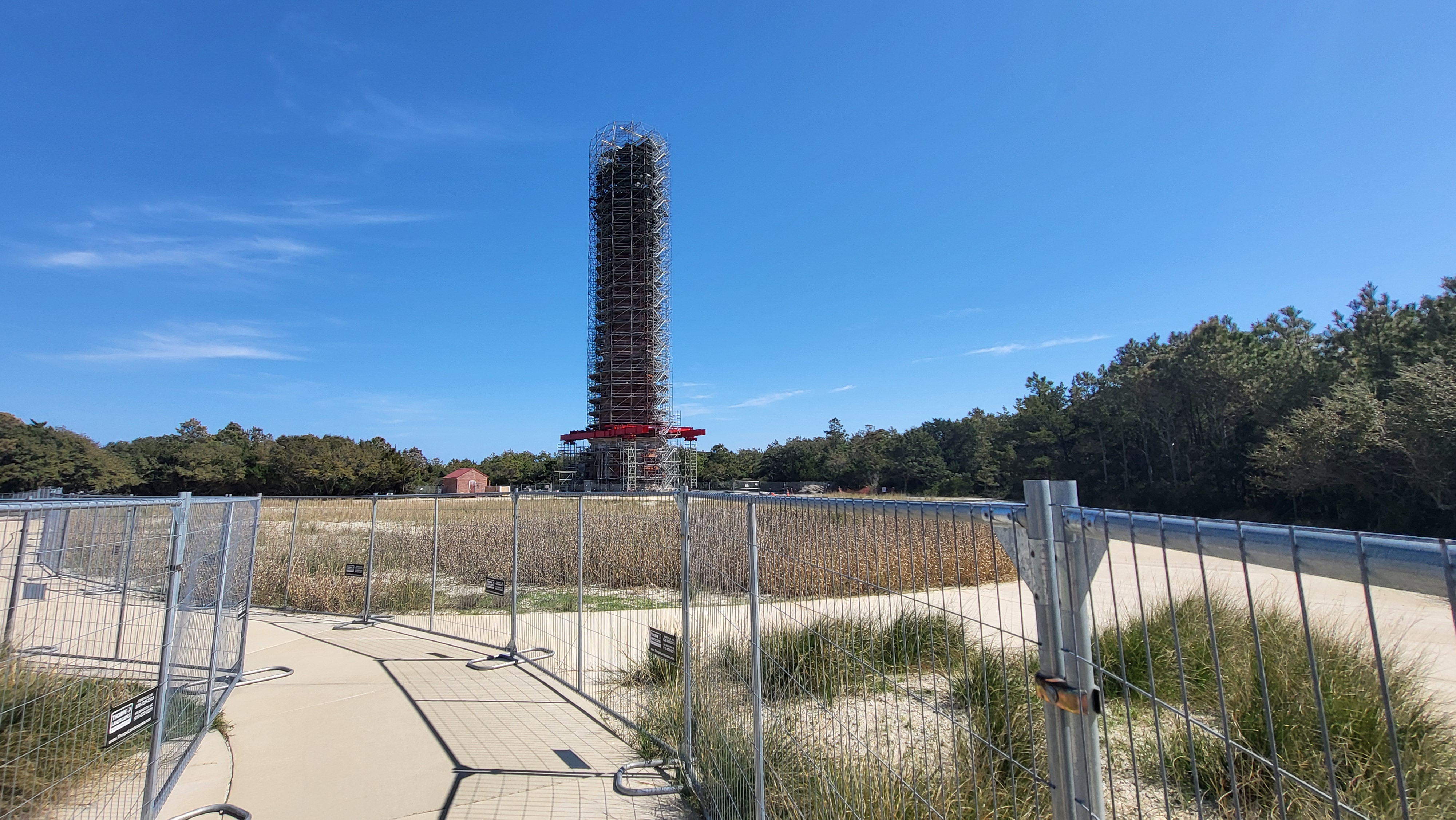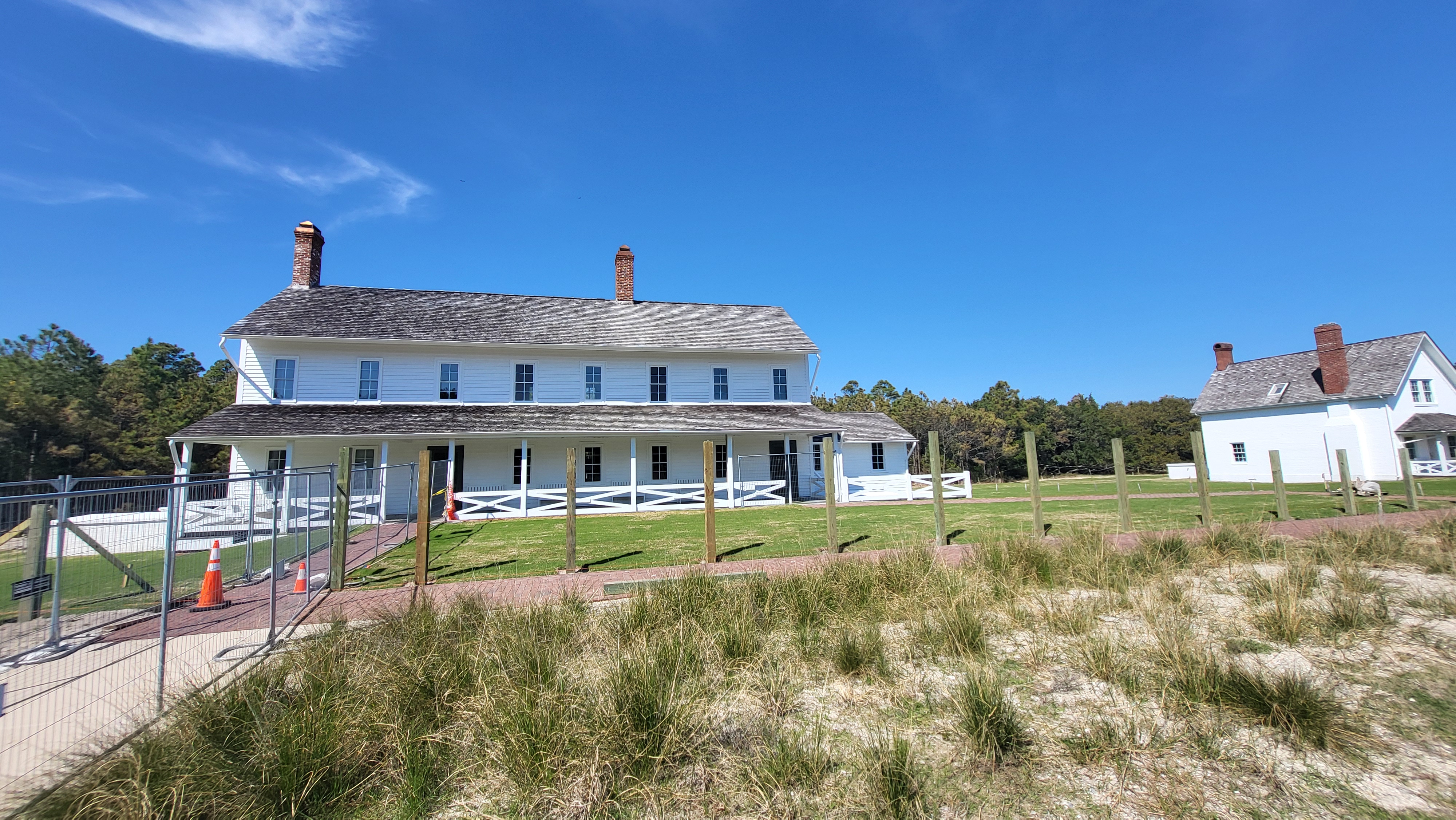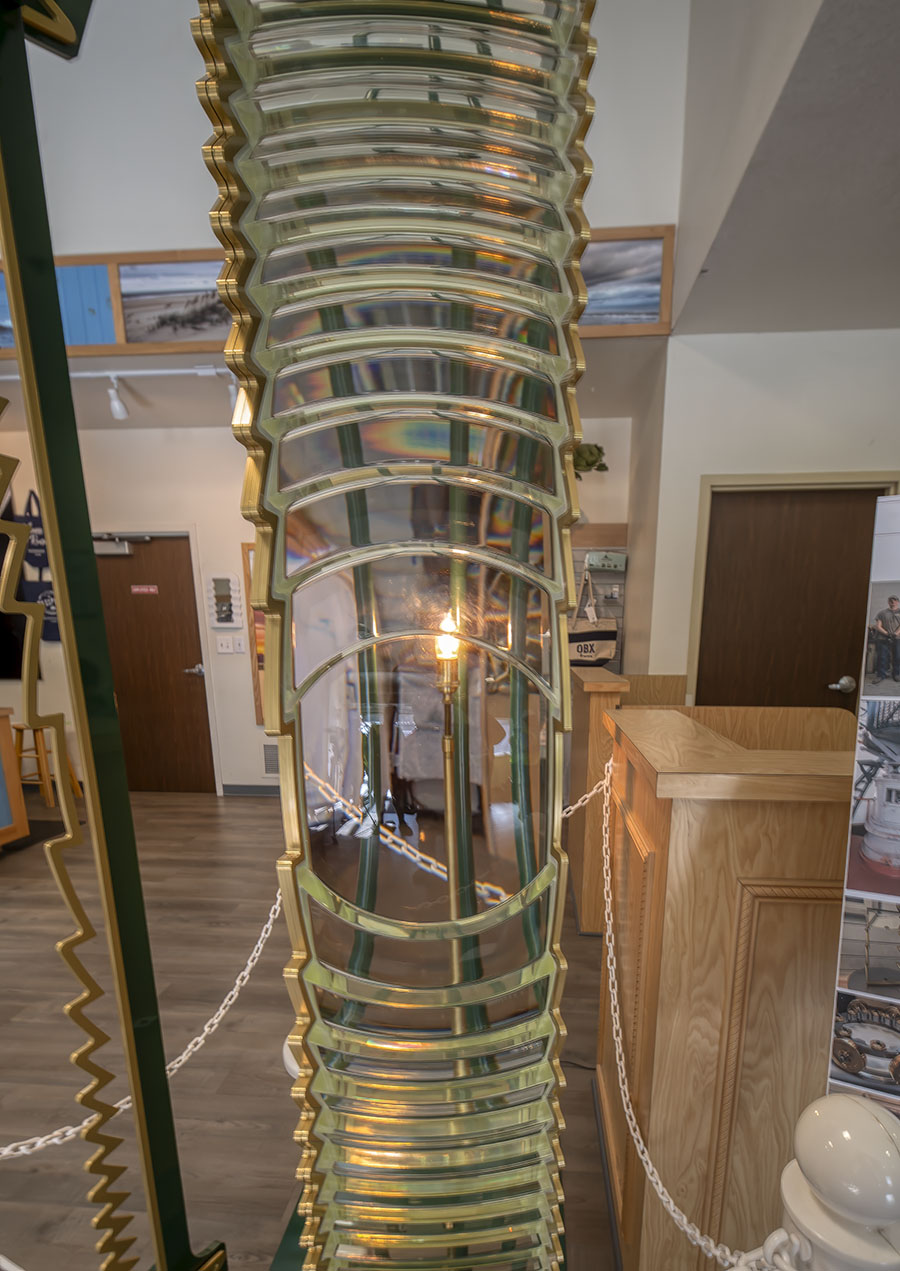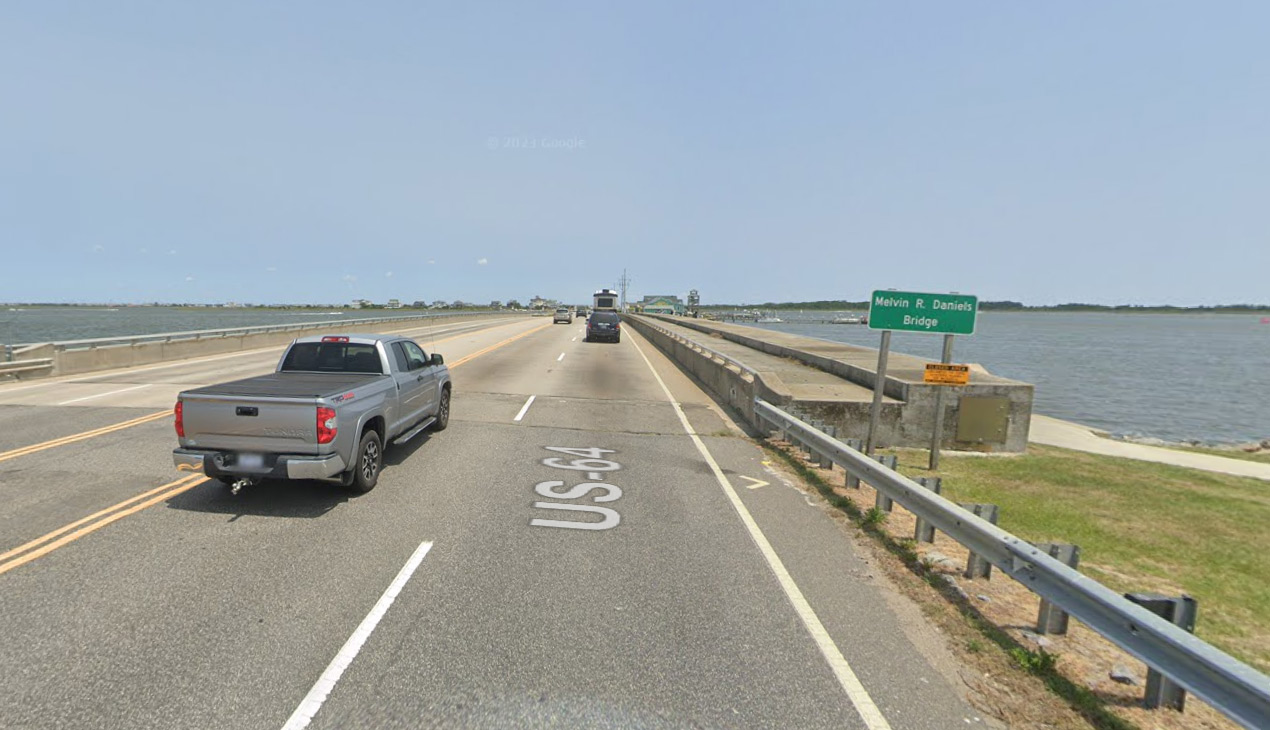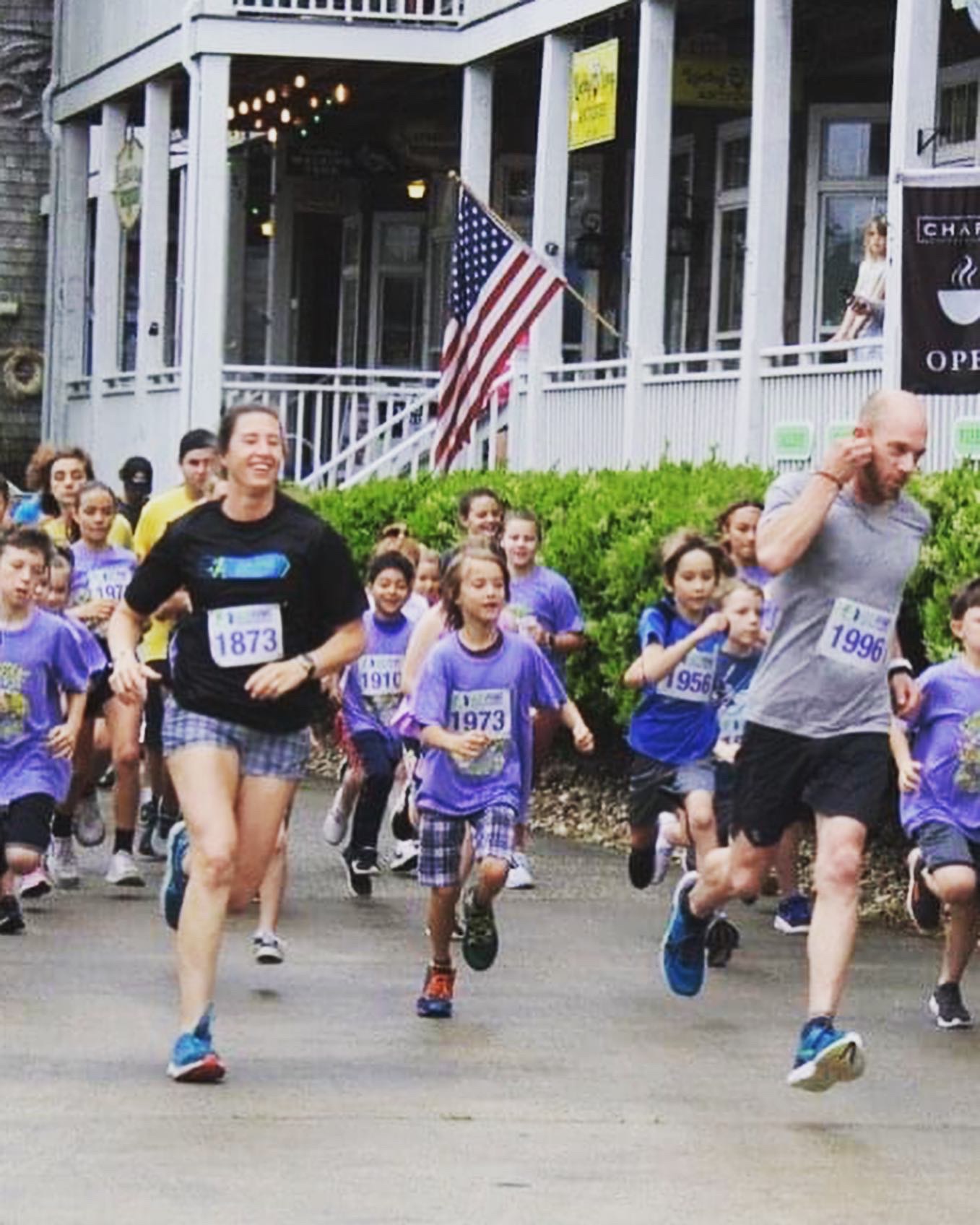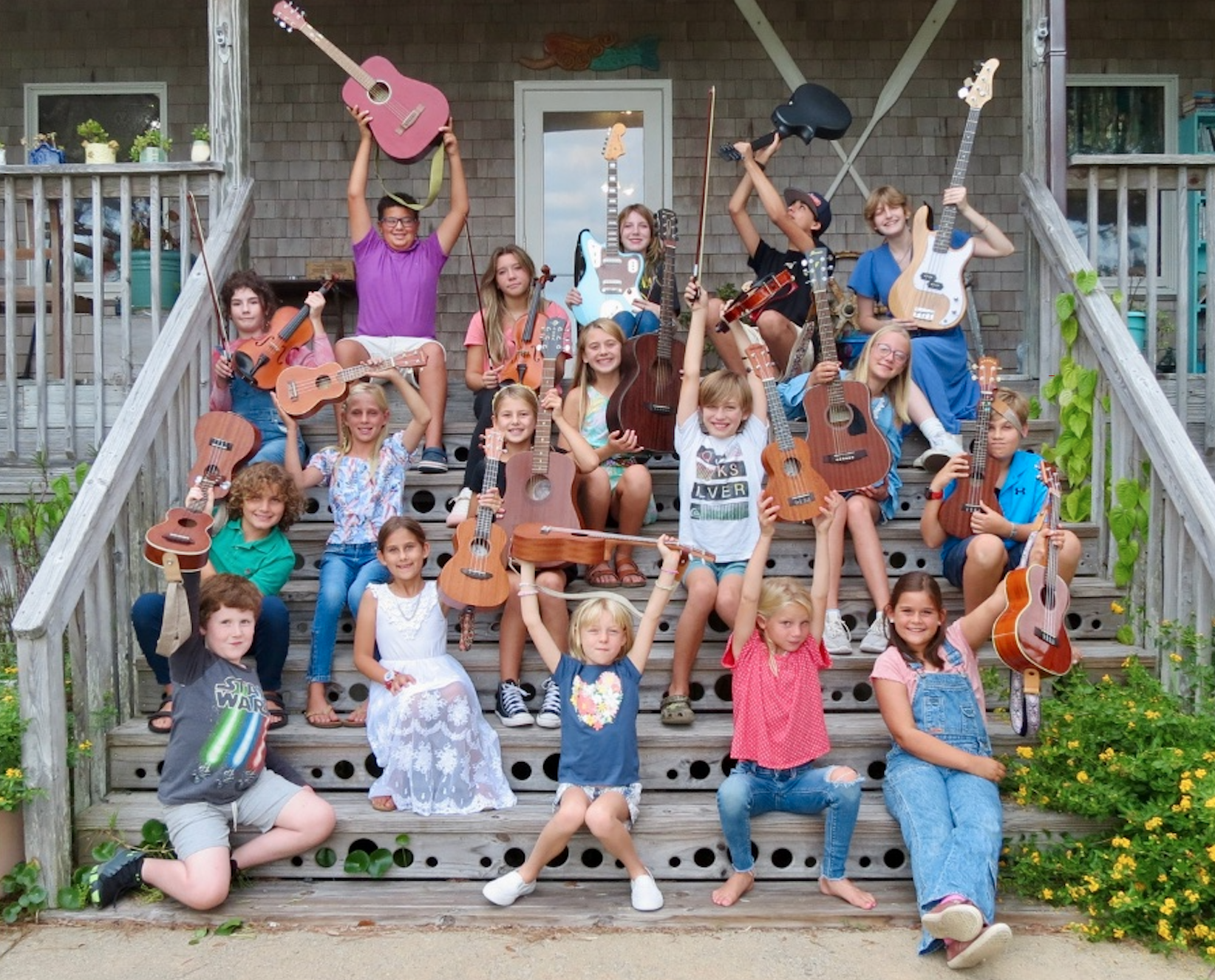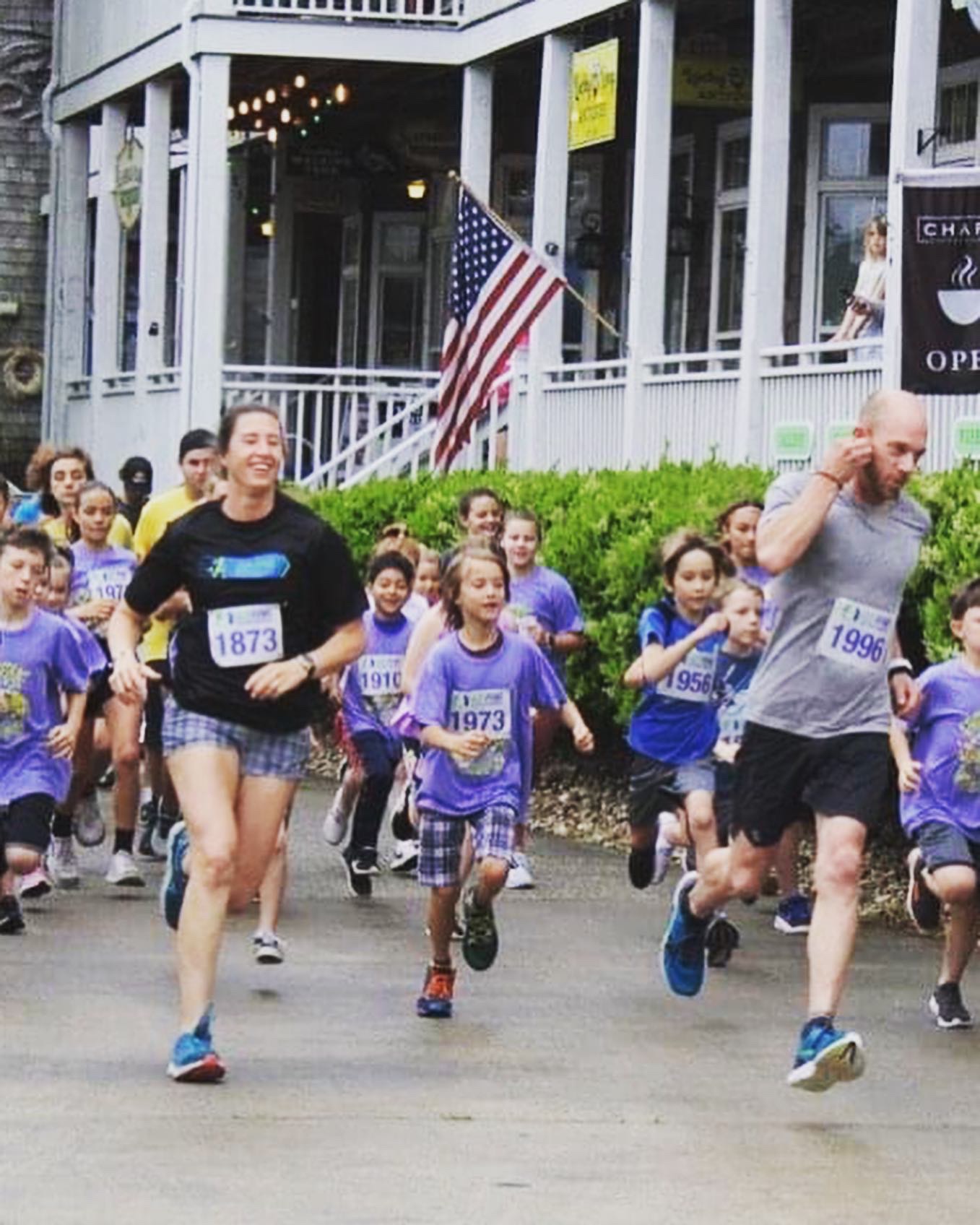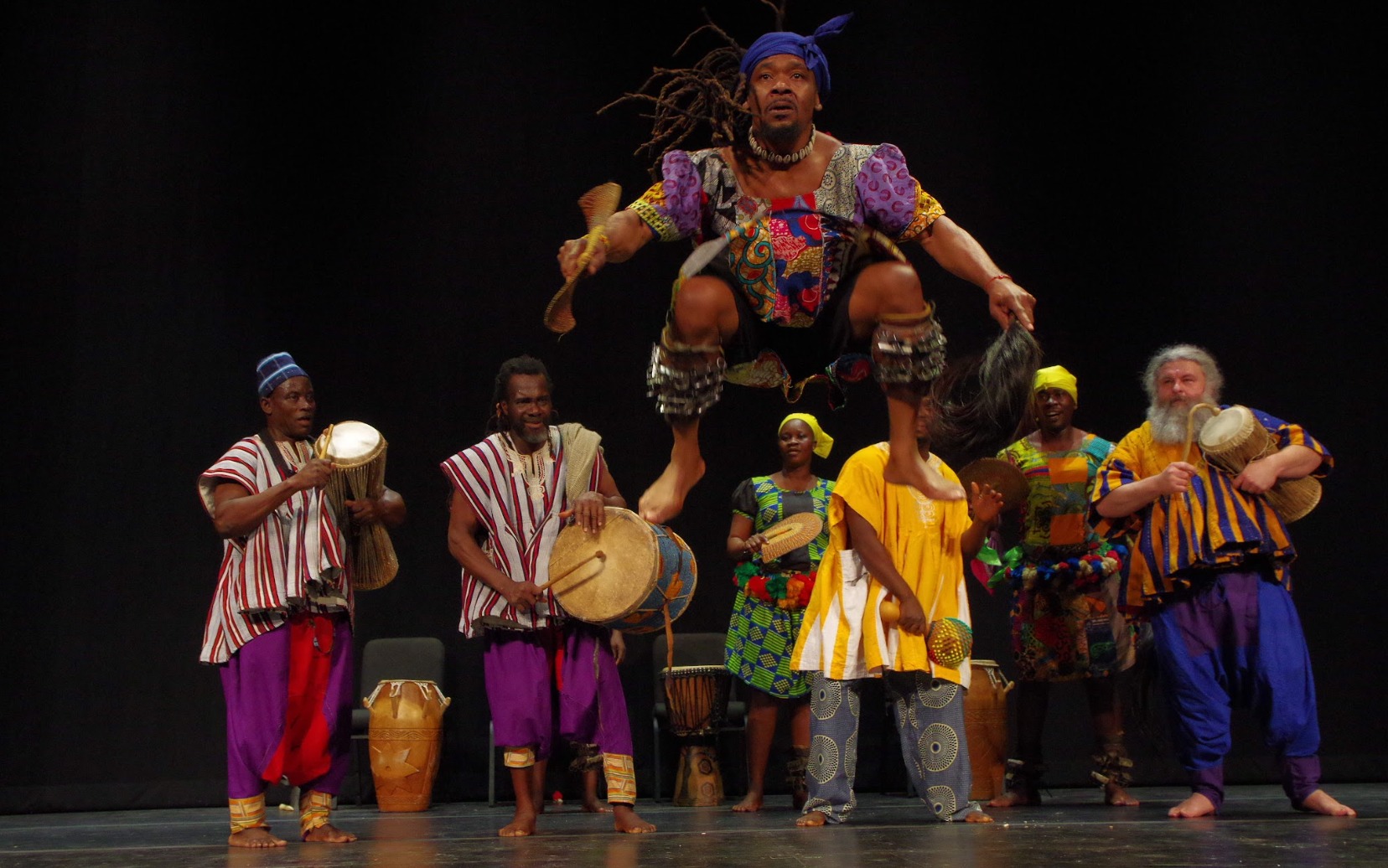Island Watersports: A Primer on Finding the Best Surf Spots
Hatteras Island is a natural haven for some of the best, and most surfable, waves on the East Coast. Indeed, Hatteras’ various surf spots are one of the major reasons the island welcomes more than two million visitors each year from all across the country.
For year-round locals and visiting tourists alike, there is an assortment of open beach areas available to those seeking the surf. No one beach can rightfully claim the best waves, however, because the best spots for surfing around the island depend largely on a couple different – and ever-changing – factors. Any surfer dedicated to consistently catching waves must take into account wind direction and sand bar movement as well as other topographical and weather conditions.
Wind is perhaps the most important factor in considering the best spot for surfing. Because Hatteras Island is shaped something like a “V” pointing away from the Pamlico Sound toward the Atlantic Ocean, nearly every village on the island can experience different surf conditions on any given day.
Five of the villages on Hatteras Island face the east, Rodanthe, Waves, Salvo, Avon, and Buxton, and produce good waves for surfing when a southwest wind, a west wind, and a northwest wind is blowing. A southwest wind is most common for this time of year and ideal for creating a clean wave break in the northern part of the island, especially Rodanthe.
Wind can foster some choice waves in Frisco and Hatteras if it is blowing north, but that is rare for this time of year.
More than just the direction, though, it is important to consider the location of the wind in proximity to the shore. Wind swell is localized wind which makes for bad surfing conditions due to waves not getting enough force behind them. Ground swell, on the other hand, is much more conducive to surfing, because the wind is far enough away that it puts more power behind a wave. This is one reason why Hatteras Island can be such a popular spot for surfing during hurricane season because when winds blow from so far offshore, they create the perfect ground swell for surfing.
Another factor to consider is sandbar location, since waves require a sandbar to break. Surf conditions are typically better at low tide when the water level is lower over the sandbar, creating a nice break in the wave. Though sandbar movement is often hard to predict, they are usually located closer to the shore during warmer seasons and near jetties.
Deciphering the best surf on the island can often be a painstaking process, especially if you are unsure how to gauge rapidly changing conditions. Despite helpful sites such as swellinfo.com, surfline.com, and surfchex.com – which have cameras and forecasts for surf spots across North Carolina and the United States as well as the world – surf conditions can be very hard to foresee. Indeed, as Kevin Scalia from Hatteras Island Board Sports stated about surfing, “the only thing you can predict [is that] things are going to change.”
Besides abiotic factors affecting the surf, sharks are another source of anxiety for many surfers. Although they are a threat at any spot on the island, they are especially common around the point and the fishing piers. Ocearch.org is a helpful source to track sharks’ movement up and down the coast during this busy season.
When it comes to catching the perfect wave for a clean ride, your choice of surf spot might also depend on skill level. While long and soft boards are better for beginners surfing smaller and softer waves, short boards are for more apt individuals ready to surf bigger and faster waves.
The best surf spots on the island are, of course, also some of the busiest. So since surf conditions change so rapidly and nothing is ever quite certain, the best surf spot on the island might just be the one you can get to the fastest. Rather than being dependent on wind and weather conditions, the best surf spot might just depend on your proximity to it.


